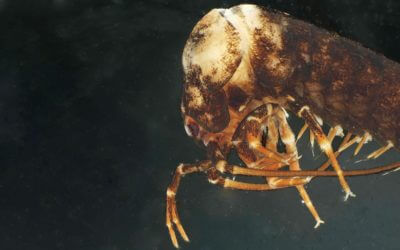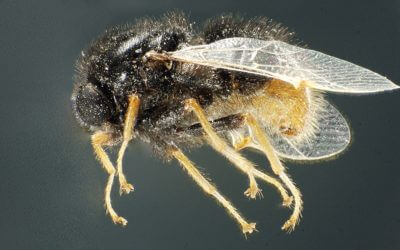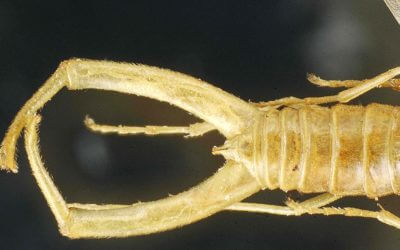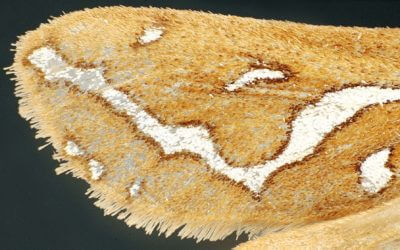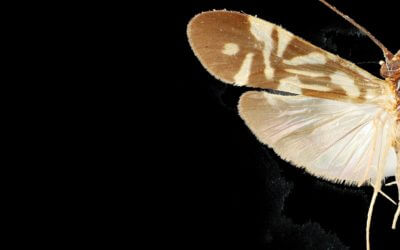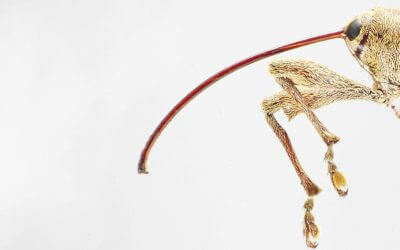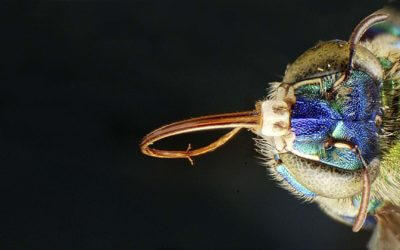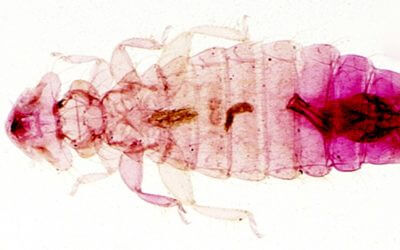Downloads
Both adult and immature Ephemeroptera are strongly represented in the collection, also due to the efforts of Professor J. G. Needham, whose activities at Cornell University spanned three decades (1906-1936). There are 15 drawers of pinned ephemeropterans, but the vast quantity of material is stored in vials of alcohol. Our “wet” collections include more than 8000 vials of Ephemeroptera, mostly determined material. There are 3726 microscope slide mounts of ephemeropterans, including slide mounts of whole nymphs, nymph structures (e.g., gills), adult wings, genitalia, etc. The holdings of this order are worldwide and include 206 primary types and 314 secondary types. All non-type material stored on slides has been archivally stored and databased. Professor Emeritus Barbara Peckarsky’s teaching collection developed in her aquatic ecology courses is housed in the CUIC.
The James G. Needham Ephemeroptera Slide Collection
The Ephemeroptera slide-collection compiled by James G. Needham at Cornell University represents an important collection of imagines, subimagines, nymphs, or parts there-of. There are nearly 3800 slides of representatives of 18 families. The collection contains mostly material from the Nearctic Region with an emphasis on the area around Ithaca, NY, New York state, and North Carolina state. Some specimens, however, were collected in South America, e.g. Argentina, Brazil, British Guiana, Peru, or Surinam, tropical Africa, the United Kingdom, or India. With the help of this database we want to make this important collection of mayflies more easily accessible to the Ephemeroptera research community.
The database contains the following information: family, genus, species, author (in only very few instances), locality, date of collection, collector, number of slides, parts mounted on slide, and remarks. The collection is arranged alphabetically after family, genus, and species. The Mayflies of the World – A Catalog of the Family and Genus Group Taxa (Hubbard, M.D. 1990 Flora & Fauna Handbook No. 8 Sandhill Crane Press) was used to check spellings of generic names and assign them to families.
The easiest way to search for specific species is by species-name. Please be aware that misspellings might occur because the handwritten labels are sometimes difficult to interpret. Additionally, in only few instances the author was given on labels so that a search on a specific species might give ambiguous results. Be aware that the species are listed according to Needham’s identification and genus-species combinations or synonymy of taxa will not always represent the most recent knowledge.


